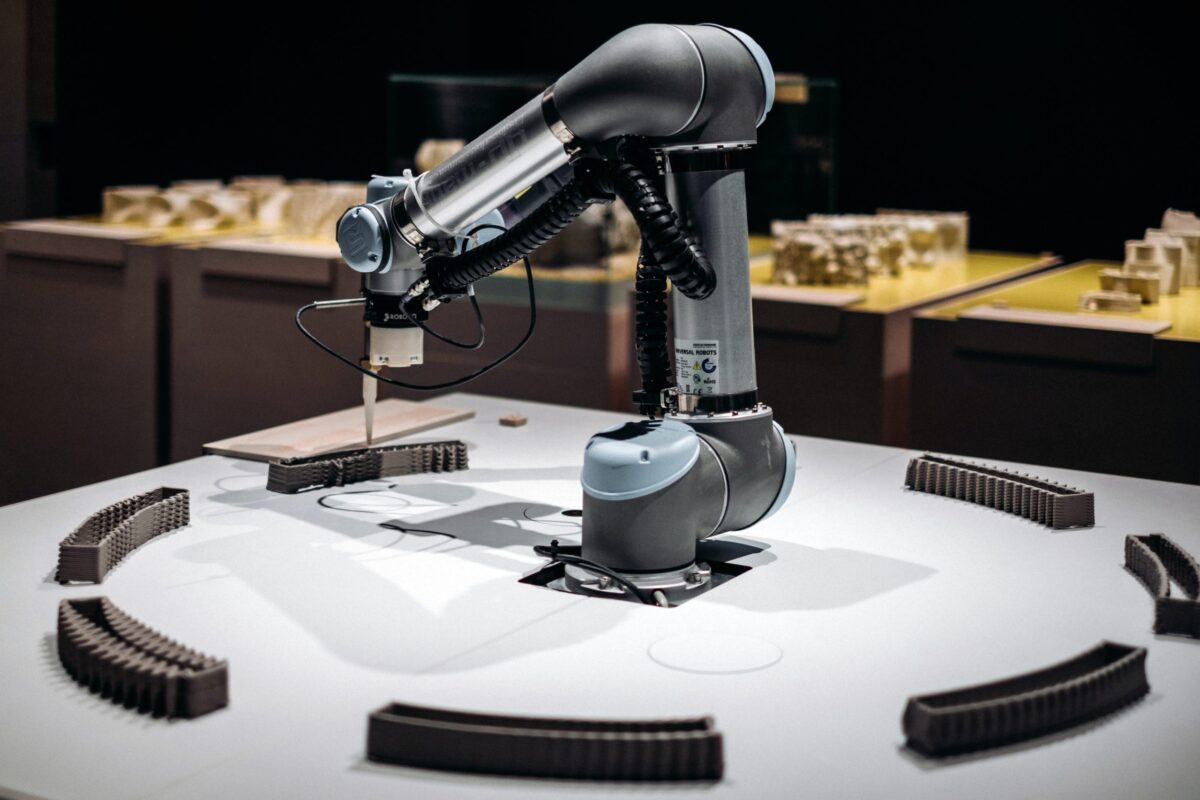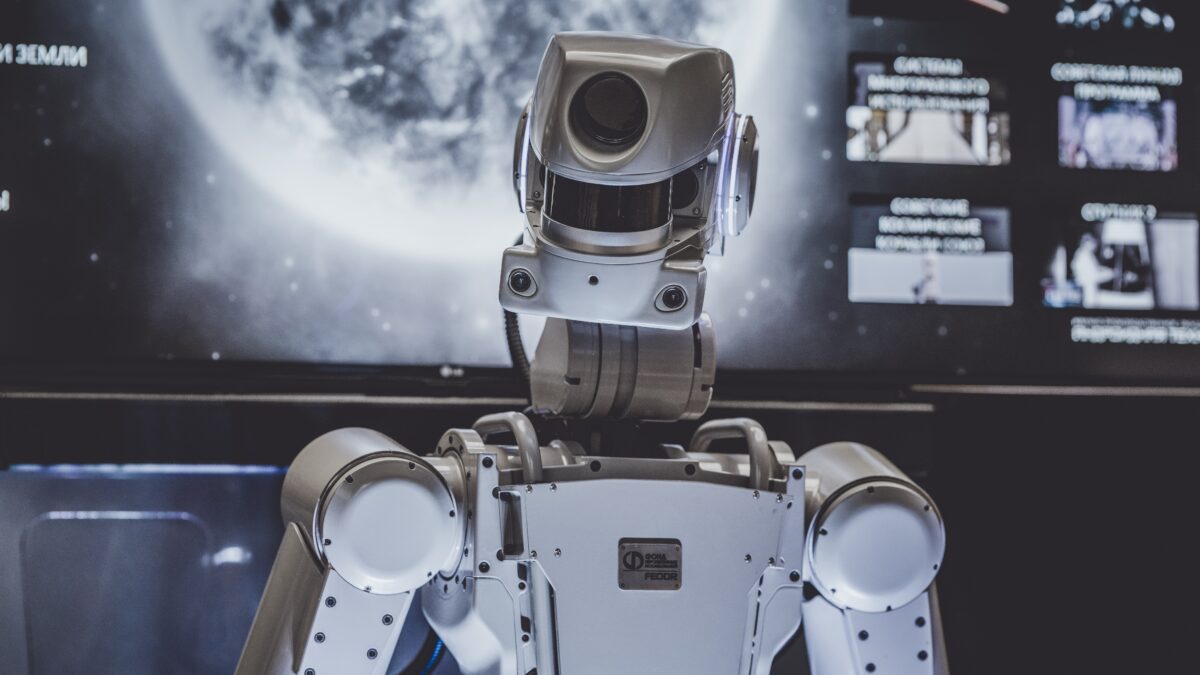

Bitcoins were introduced in 2009 to great fanfare. Although there had been predecessors, Bitcoins were framed as the first form of cyber currency.
Shortly after Bitcoins were introduced, I labeled them a Soft Trend—one whose future was looking good, but not a future certainty. I also labeled cyber currency a Hard Trend that would continue to grow, predicting that there would be many more cyber currencies.
Since then, I’ve seen no need to change either designation, as there are now more than 100 different cyber currencies. At the same time, as Bitcoins struggled to gain widespread use, blockchain—the technology Bitcoin transactions are handled with—were growing.
Unlike bitcoins, blockchain development has shown no signs of slowing down and represents a Hard Trend that will continue to grow. The rapidly evolving technology of blockchain holds enormous promise for game-changing disruption across any number of industries and fields.
O’Reilly Media presciently noted in early 2015: “The blockchain is the new database—get ready to rewrite everything.”
Blockchain Explained—Security in Numbers
A blockchain is a system of decentralized transaction records. This means a transaction is created without any input from a controlling entity. A blockchain also employs cryptography to keep exchanges secure, incorporating a decentralized database, or “digital ledger,” of transactions that everyone on the network can see. This network is a chain of computers, needing exchange approval before it can be verified and recorded.
The Game-Changing Opportunity in Financial Transactions
Roughly $20 billion in gross domestic product is currently held in blockchain form, according to a study by the World Economic Forum’s Global Agenda Council. However, projections show blockchain use will increase significantly in the next decade as banks, insurers and technology firms embrace the technology to boost transaction speed and security, and trim expenses. This is already taking place, for example, with Swiss banking giant UBS and banks such as HSBC, Santander, and BBVA, which launched corporate venture funds to make equity investments in financial technology companies.
More Than Just Money
The future of blockchain is exciting. Outside of its use solely in financial transaction applications, it can transform several other industries. Other examples include:
- Data Storage—Current storage services using cloud technology are centralized around a single provider. A blockchain lets users store data and information via a decentralized platform, improving security and lessening reliance on any one provider.
- Voting—A blockchain voting network is inherently more reliable than paper or electronic ballots since changing one vote would require changing multiple votes simultaneously. A blockchain voting network has already been used—Denmark’s Liberal Alliance employed a blockchain for internal voting back in 2014.
- Military Use—The U.S. Department of Defense and NATO are actively investigating the use of blockchain. Among other applications, they’re interested in messaging platforms capable of transferring information by way of a secure decentralized protocol.
- The War on Terrorism—In May 2015, the Isle of Man implemented the first government-run blockchain project, leveraging it to create a registry of digital-currency companies operating on the island. The system also counters money laundering, helping prevent terrorist financing since the flow of money can be traced specifically to the source of the transaction.
- “Smart” Contracts—The idea behind a smart contract is that it self-manages the fulfillment of the agreement and is verified programmatically via the blockchain instead of a third party. Two or more parties agree on terms, program those terms into the blockchain, and allow for payments and other transactions once those terms are fulfilled and validated by the blockchain.
- Regulation—Because a blockchain cannot be changed without a majority of participants agreeing to do so, the underlying technology might be used in place of a variety of regulations, such as those mandated by Know Your Customer (KYC).
- Identity Management—Labeled the first comprehensive blockchain-based identity service, Onename allows users to create tamper-proof digital identities for themselves called Passcards that replace conventional usernames and passwords.
- The Music Industry—In October 2015, Ujo Music unveiled a working example of how blockchain-based technology would allow consumers to purchase registered works directly. We can also pre-solve the problem of legalities, where artists publish policies on how their music may be used to avoid legal action against misuse.
More Reasons for Excitement
Blockchain use is largely restricted to private forms of transactions, but when looked at in an anticipatory way of thinking, blockchain could be used for anything that requires proof of identification, the exchange of goods or verification of contract terms.
One executive involved in the development of blockchain summarized its potential in a framework we can all appreciate: “‘Check it on the blockchain’ will be the phrase of the twenty-first century. It will be as commonplace as people saying ‘Google that.’”
When it comes to blockchain, get ready to rewrite everything.















